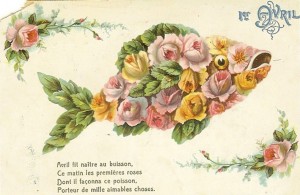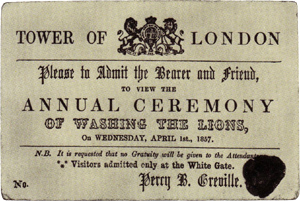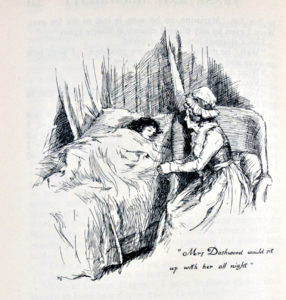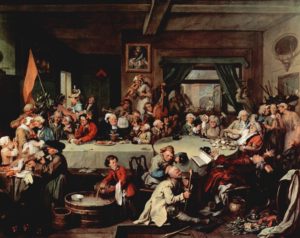Like millions of others around the world I was riveted to my TV on May 6 watching every moment of the coronation of King Charles III. And like any Regency aficionado, I could not help comparing it to the coronation of George IV.
With the death of his father, George III, on January 29, 1820, the Prince Regent for whom “our” era is named, became King George IV. King Charles’s coronation took place seven months after he acceded to the throne. George IV’s coronation, however, did not take place until July 19, 1821. It was originally scheduled for August 1820, comparable to Charles III, but it was postponed until the parliamentary proceedings aimed at divorcing his wife, Queen Caroline, and depriving her of her titles, could be completed. The bill to accomplish this was abandoned by November 1820 so no divorce, no stripping of titles. Instead she was simply written out of the coronation ceremonies.
Undaunted, though, on Coronation Day, Caroline attempted to enter Westminster Abbey anyway, but literally had the door (several doors) slammed in her face. She always had a great deal of support from the people, but lost much of it after this display.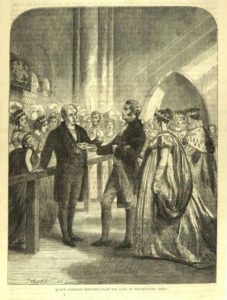
Contrast this with the coronation of Charles III and Camilla. Charles deeply wanted Camilla to be his queen and, before her death his mother, Queen Elizabeth gave her approval. Camilla was crowned Queen Consort at the coronation ceremony at Westminster Abbey.
In 1821 George IV wanted his coronation to outdo Napoleon’s. Always flamboyant, his coronation outfit cost more than £27,000, and he insisted participants dress in Tudor and Stuart period dress. His red velvet robe had a train 27 feet long. Charles III, on the other hand, chose to wear previously worn garments. For the investiture, King Charles III wore the Robe Royal part of George IV’s coronation robes.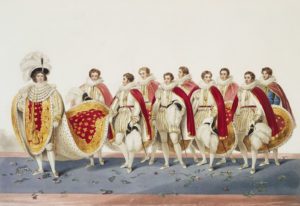
Charles and Camilla wore crowns that were already in the Royal collection. George IV, of course, commissioned a new crown. His coronation crown contained jewels that were worth almost £25,000 in that time period. The jewels were merely on loan for the crown and Parliament declined to purchase the crown as George IV wished. The crown was dismantled in 1823. Devoid of its jewels it is now part of the Royal Collection on view in the Tower of London.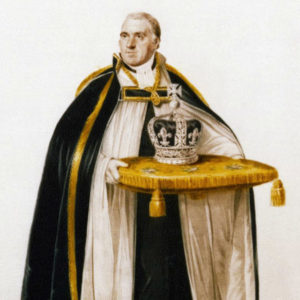
Then there was the Coronation Banquet. George IV’s banquet was held in Westminster Hall. The hall was lit by 2,000 melting candles and the guests were occasionally pelted with hot wax falling from the chandeliers. The crowd was so huge that the dinner had to be supervised by horseback. Twenty-three makeshift kitchens had to be built to produce the food. Afterwards the spectators from the galleries were allowed down on the hall floor and proceeded to help themselves to everything–the leftover food, the cutlery, the crystal, silver platters. The gold coronation plates were saved by Lord Gwydyr and armed soldiers prevented the kitchens from being ransacked.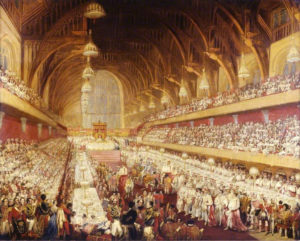
In contrast, Charles III had a private family luncheon after the coronation and later a coronation concert.
I must say, had I lived in the Regency, I would have wanted to be one of those spectators in the gallery. I would have wanted to see every minute of all that pomp, drama, and extravagance.
Would you?

